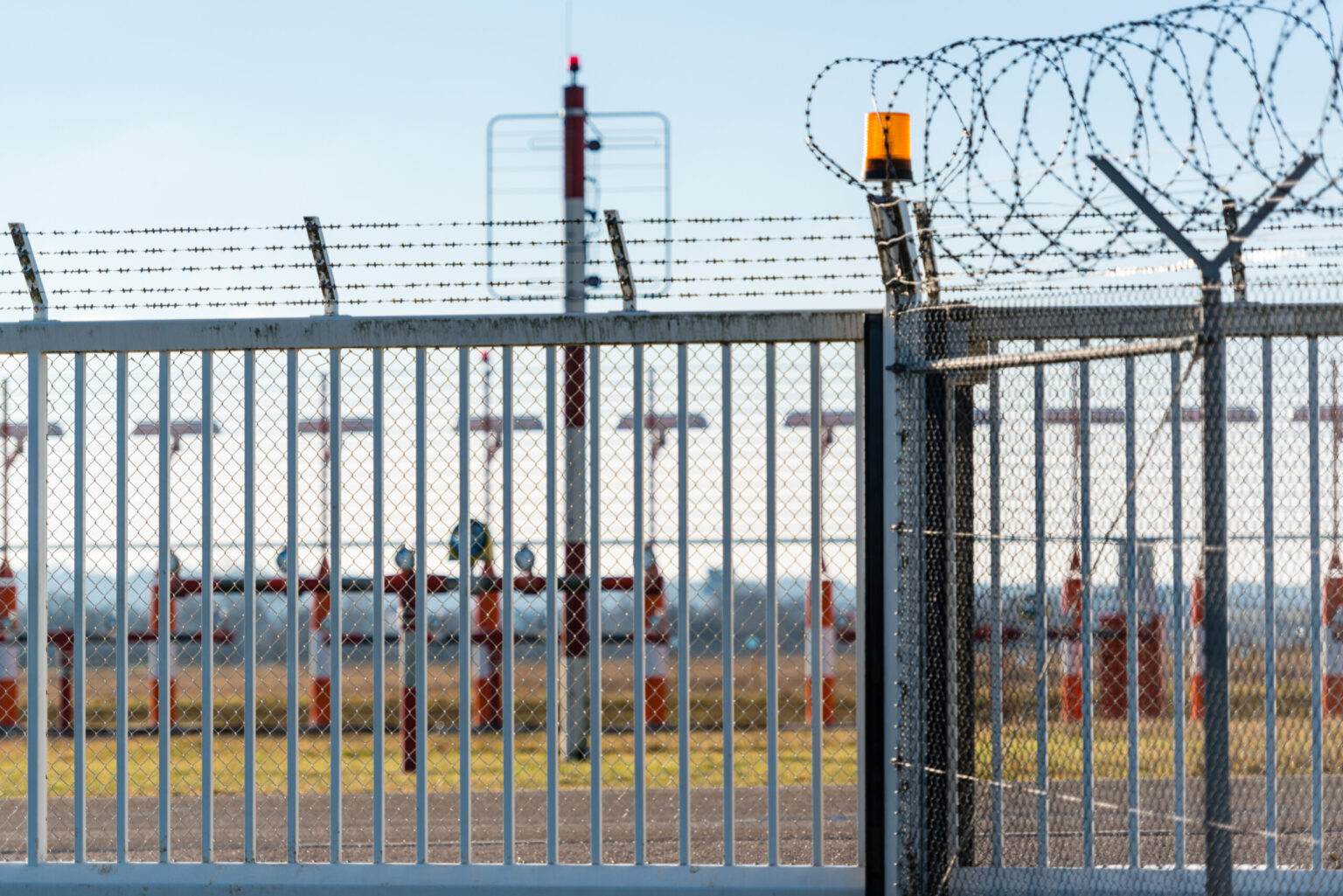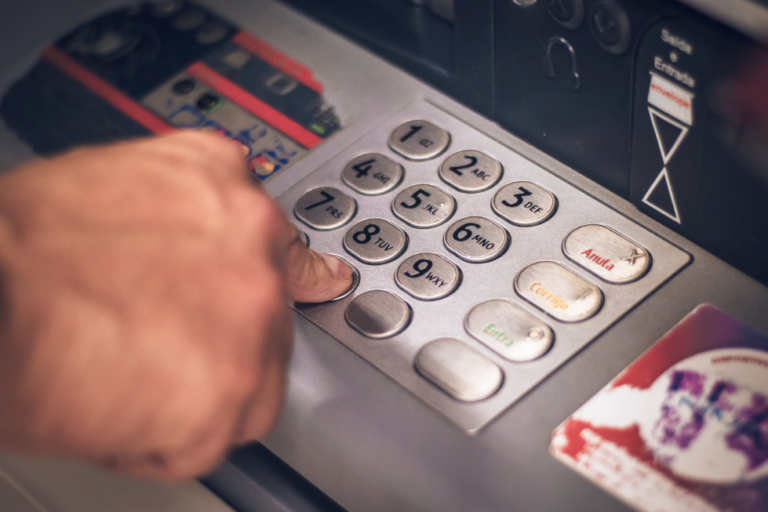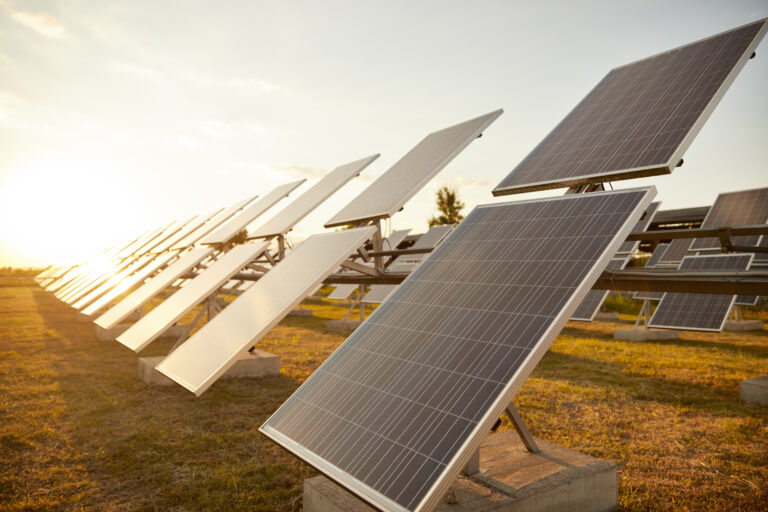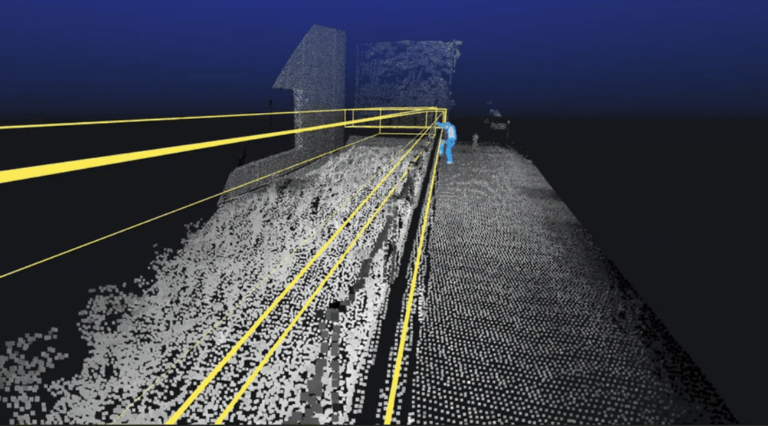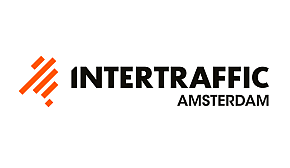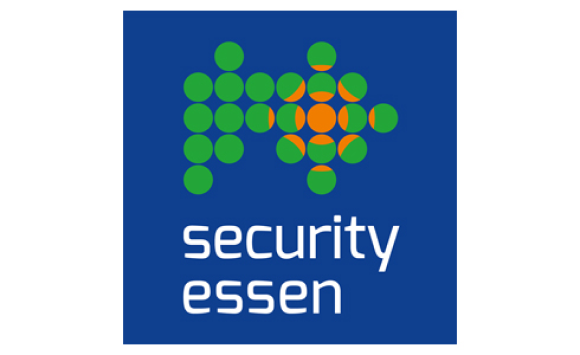Fence security is a vital element for protecting industries, infrastructure, and sensitive areas. However, traditional methods of monitoring fences, such as cameras and motion sensors, often face significant challenges, including false alarms triggered by small animals, weather conditions, or vegetation. Additionally, guaranteeing privacy and maintaining reliable, round-the-clock operation can be difficult. These key issues set the stage for exploring how advanced technologies, like 3D LiDAR, offer a more effective and precise solution for fence security.
Overcoming Traditional Fence Security Challenges
One of the key issues with traditional camera-based monitoring is the inability to provide consistent and reliable detection in changing weather or lighting conditions. Cameras often struggle to perform accurately in rain, fog, or low-light environments, leading to a high number of false alarms triggered by harmless environmental factors such as swaying trees or small animals. These false positives result in costly and time-consuming manual checks, diverting valuable resources from genuine security threats.
In addition to these operational challenges, cameras also raise significant privacy concerns. In public or sensitive areas, capturing detailed images of individuals can lead to issues with data protection regulations, particularly in regions with strict privacy laws. Cameras often collect identifiable personal data, such as facial features or clothing, which can violate privacy guidelines, especially in public spaces where surveillance must be carefully managed.
The installation of surveillance systems in outdoor areas, especially along fences, poses a considerable challenge. The often changing weather conditions and harsh environments make it difficult to provide reliable data across large perimeters. In addition, technical solutions such as cameras and motion detectors can easily be disrupted.
Another obstacle is the integration of these technologies into existing security infrastructures, especially when monitoring extensive fences in remote areas. Securing such sites is often hampered by limited power supply and network connectivity, which further complicates the continuous and reliable monitoring of large perimeters.
How 3D LiDAR Revolutionizes Fence Security
3D LiDAR technology offers a transformative solution for enhancing fence security by addressing many of the limitations faced by traditional surveillance systems like cameras. Its ability to provide real-time, three-dimensional monitoring, reduce false alarms, ensure privacy, and operate reliably in diverse environmental conditions, makes it a standout choice for modern security applications.
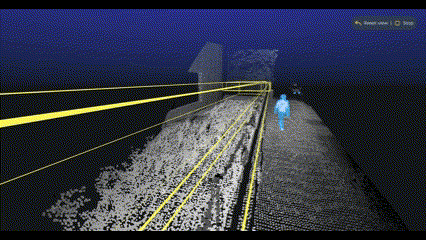
Continuous volumetric protection
With 3D LiDAR, security systems can monitor volumetric zones around fences —tracking activity in all three dimensions. Unlike traditional 2D camera images, LiDAR data provides accurate information about the size, distance, and movement of objects, independent of perspective. This technology allows accurate detection of intrusions along the fence line, even in challenging environments like those with vegetation, uneven terrain, or limited lighting. By capturing detailed, perspective-independent information, LiDAR helps security teams identify threats with greater precision, improving the overall effectiveness of fence security.
Reduced False Alarms
A major advantage of 3D LiDAR in fence security is its ability to minimize false alarms. By accurately identifying the size and direction of objects, LiDAR can distinguish between small animals and more significant threats like humans or vehicles attempting to breach the fence. This results in fewer unnecessary alerts, allowing security personnel to focus on genuine incidents and reducing the operational burden of manual checks.
Privacy by Design
One of the unique benefits of 3D LiDAR is its privacy-friendly nature. Unlike video cameras, which capture personally identifiable features like faces or clothing, LiDAR collects only anonymized point-cloud data. This makes it an ideal choice for security applications in sensitive or public environments where privacy concerns and data protection regulations are paramount. Whether monitoring fences across industrial sites, airports, or public infrastructure, LiDAR delivers full coverage without compromising personal privacy.
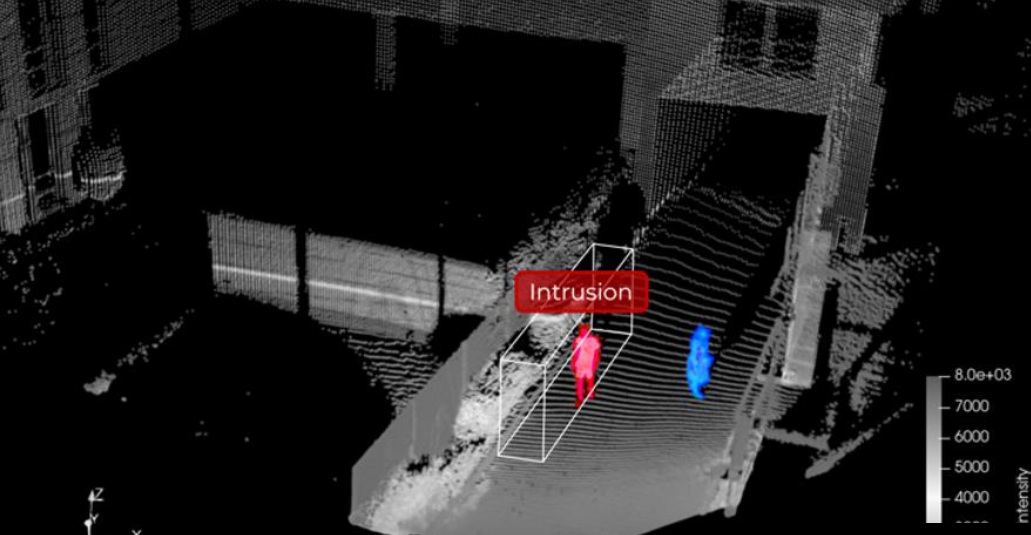
On-Device Data Processing
Smart 3D LiDAR sensors are able to process data on-device, which reduces the need for external computing units and minimizes bandwidth requirements. This technology becomes particularly valuable for securing fences in remote locations where network infrastructure may be sparse. The ability to process data locally also improves response times, allowing for timely alerts when security breaches occur.
Reliable Performance in All Weather Conditions
Thanks to its design and intrinsic light source, 3D LiDAR is highly reliable in adverse weather conditions, such as rain, fog, and snow. Unlike cameras, which can experience reduced visibility in these conditions, LiDAR continues to provide accurate detection, making it an ideal solution for outdoor fence security where uninterrupted security is necessary regardless of weather, guaranteeing that potential intrusions are detected consistently.
Flexibility for Various Fence Security Setups
3D LiDAR offers a versatile solution that can be seamlessly integrated into different types of fence security systems. Whether mounted directly onto fence structures or positioned behind them, LiDAR sensors provide comprehensive perimeter protection, tailored to various security needs. In cases where physical fences are not practical, virtual fences can be created by strategically placing sensors to monitor large, open areas. This flexibility makes 3D LiDAR suitable for securing a wide range of environments, from industrial sites to open public spaces.
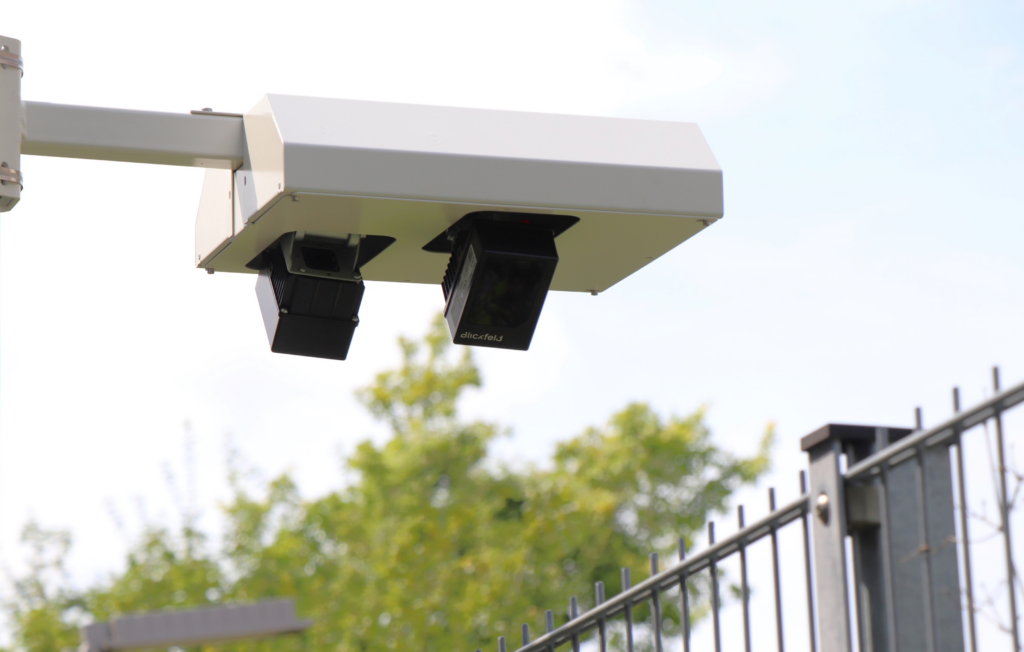
Conclusion
3D LiDAR technology is revolutionizing perimeter protection, particularly in the context of fence security. It provides precise and reliable detection, drastically reducing false alarms caused by small animals or environmental factors. Unlike traditional camera-based systems, 3D LiDAR operates independently of lighting and weather conditions, maintaining consistent performance. Additionally, its ability to create virtual fences or adapt to various fence configurations makes it a versatile and scalable solution for a wide range of fence security needs.
Blickfeld’s 3D LiDAR technology, the QbProtect, highlights these advantages in real-world fence applications. It offers accurate detection and classification of objects while maintaining privacy protection by avoiding the capture of personal data. With robust performance under various weather conditions, minimal false alarms, and the flexibility to be deployed in various fence setups, Blickfeld provides an advanced, reliable solution that addresses the most challenging fence security requirements.
Want to dive deeper into 3D LiDAR for fence security? Our Fence Application Notes offer an in-depth technical overview of how Blickfeld’s 3D-LiDAR technology secures fence perimeters with precision. The notes cover key features of QbProtect and various fence application scenarios.
